
This is a Combing Machine. Combing is optional, but is used to remove
Textile Basic Knowledge | Combing | part 07 | Learn Textile#textile #basic #knowledgepart 01: https://youtu.be/-vG-W1vZj8Qpart 02: https://youtu.be/A39MaFGpG.
100Mile Wear Cleaning fibre with wool combs Rambouillet
The online group classes are available for textile technology students and individuals who wants to earn knowledge before settling up their start-up (textile business) Sunday, February 9, 2020.. " The combing is a process which eliminates the short fibres, impurities, naps, immature fibres from the sliver, straightens the fibres and make.
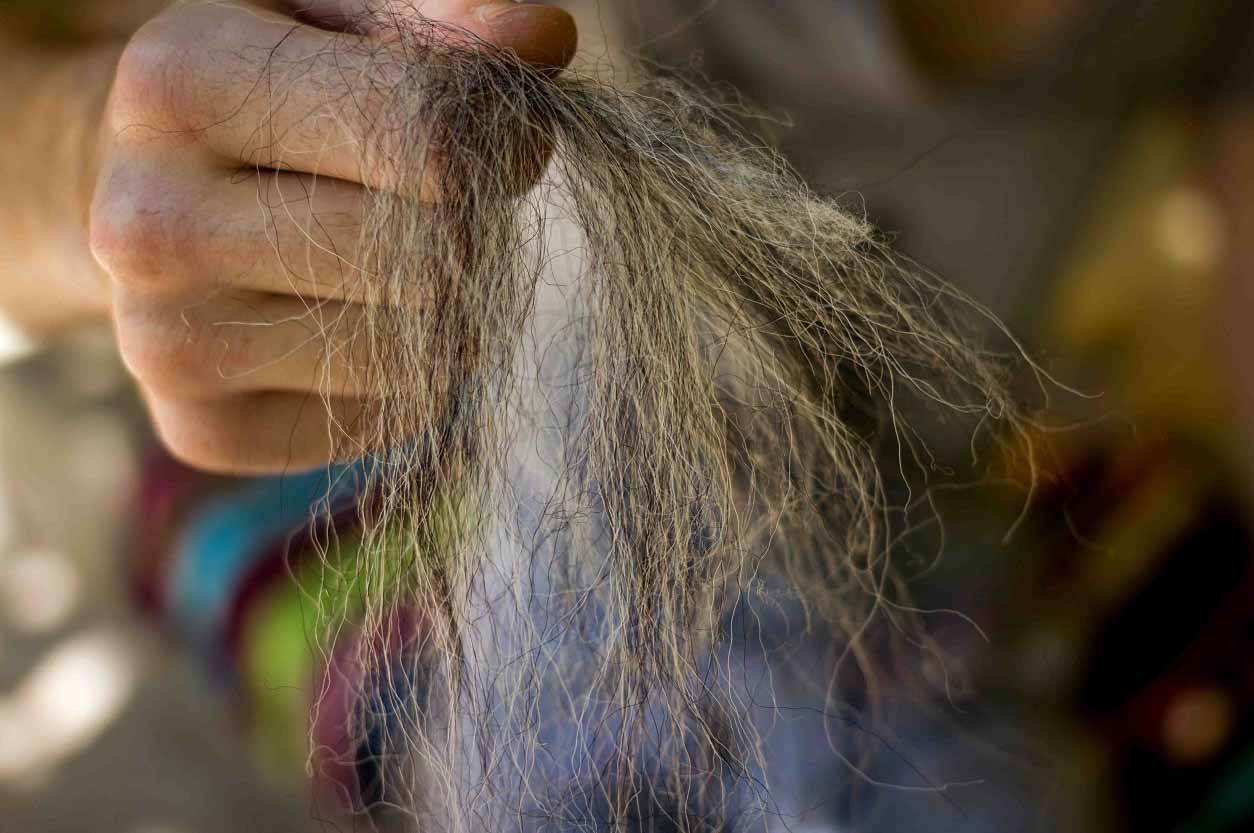
Demonstration of Hand Combing Wool with Antique Combs
The combing process is normally used to produce smoother, finer, stronger and more uniform yarns. Therefore, combing is commonly confined to high grade, long staple natural fibers. In recent years, combing has been utilized for upgrading the quality of medium staple fibers.

Comb System Rieter
Combing - Textile information Combing Combing is the process which is used to upgrade the raw material. It influences the following yarn quality yarn evenness. Yarn evenness Strength Cleanliness Smoothness Visual Appearance In addition to the above, combed cotton needs less twist than a carded yarn. Task Of The Comber
100Mile Wear Cleaning fibre with wool combs Rambouillet
Combing in textile is the final proportion of the fiber cleaning process that removes the short fibers, naps, and other impurities such as vegetable matter and seed coat fragments in cotton that has already been carded. Objectives of combing
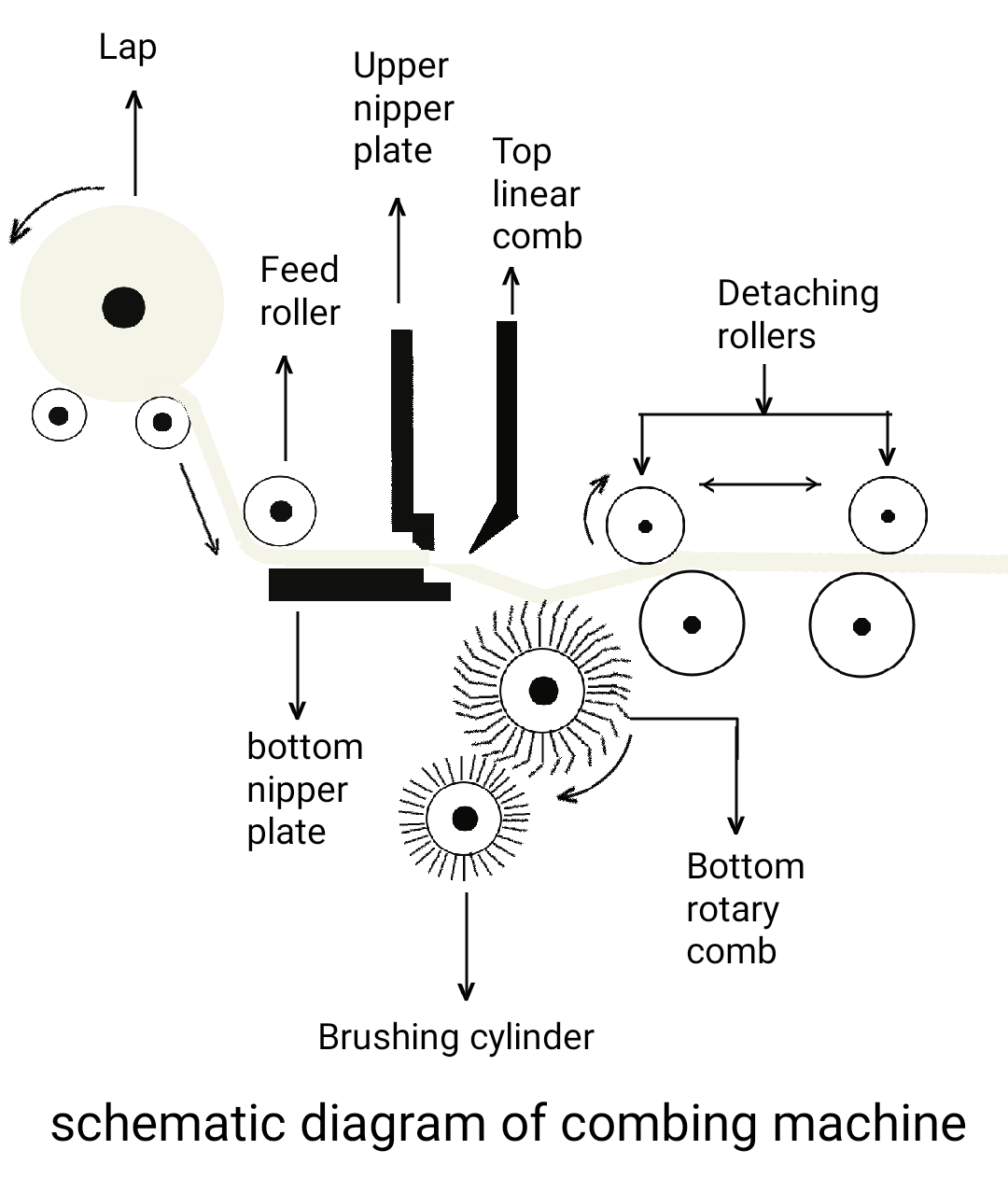
Textile Adviser WORKING PROCEDURE OF COMBING MACHINE AND FEED STOCK
Combing: Normally combing processes is done for producing smoother, finer, stronger, and more uniform yarns. The carded materials (sliver) contain a certain amount of short fibers, neps, fine kitty, and leaf particles. At present, it is an important process of spinning.

Wool Combing OVWSG
Combing is a process which is introduced into the spinning of finer and high-quality yarns from cotton. It is carried out in order to improve the quality of the sliver. The carded materials (sliver) contain certain amount of short fibers, neps, fine kitty and leaf particles.
EWESPECIAL Wool Combing
Basic Working Elements of a Combing Machine. The web rolled off from the lap (1) is pinched between the lower (4) and the upper clamp (5). The circular comber covered with combing segments (7) combs out the fiber beard that is protruding from the clamps. The short fbers that are now sticking in the circular comber are removed from the combing.
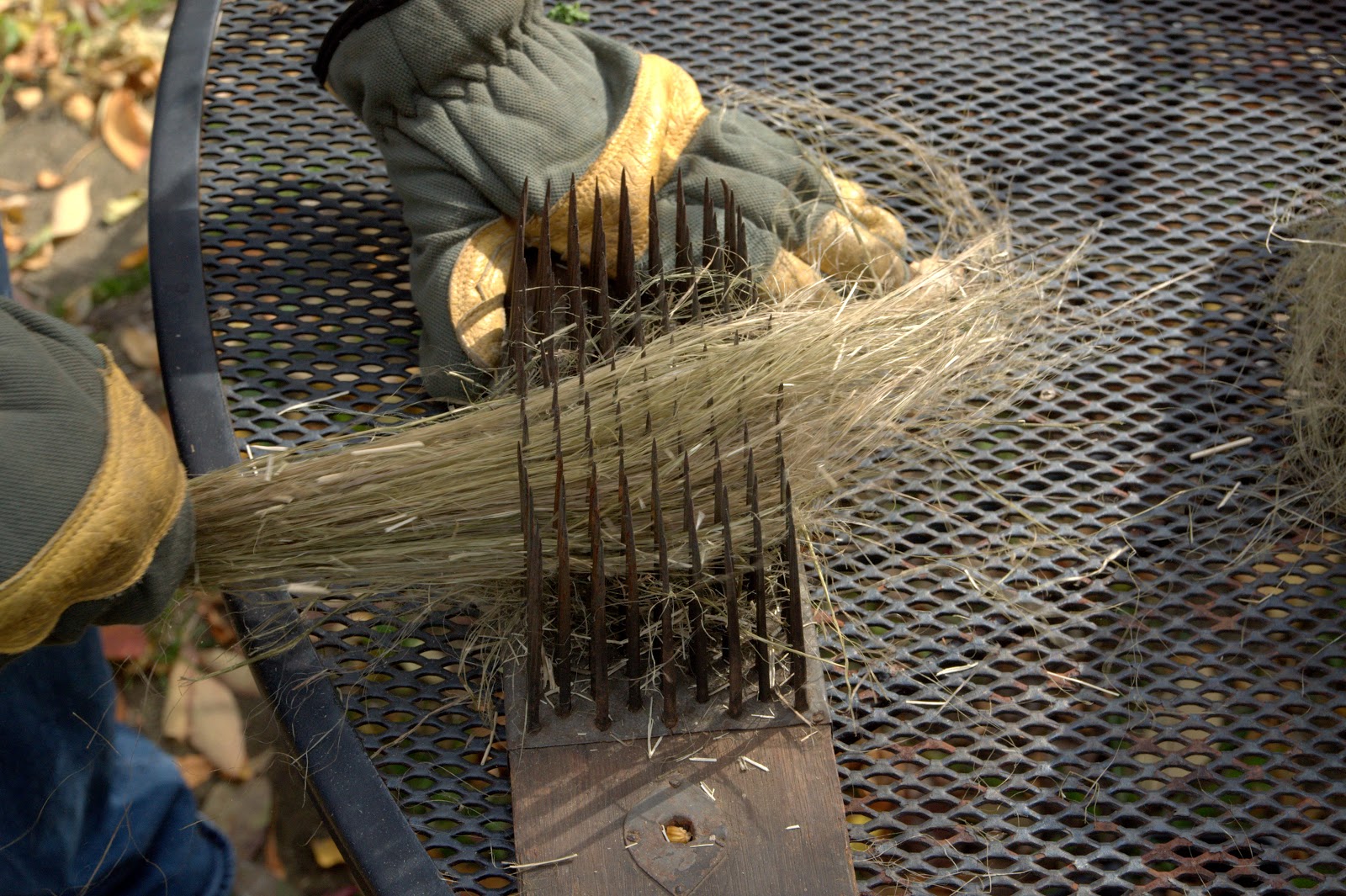
The Inconsequential Blogger Flax to linen experiment breaking
Definition of Textile Combing. The combing process is carried out in order to improve the quality of the sliver coming out of the card. The process eliminates short fibres, it achieves better parallelization of fibres, it straightens curls, and it removes neps and residue impurities. The combing process is essentially aimed at obtaining.
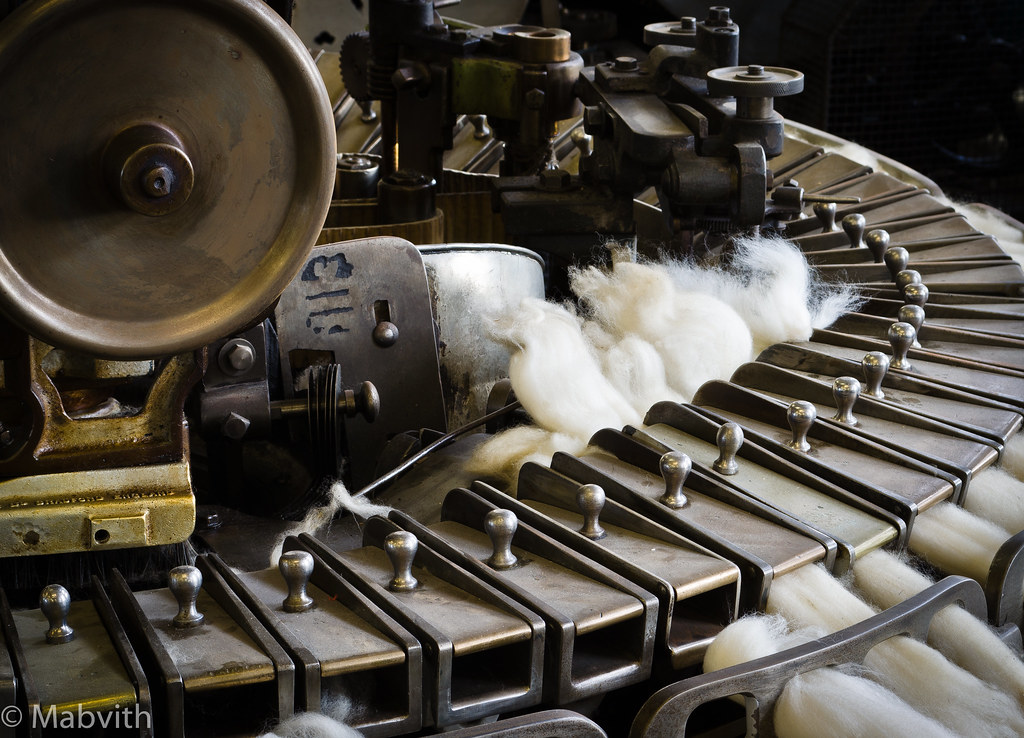
Noble Comb Wool combing machine in the textile gallery at … Flickr
The combing section is an insertion of mostly three machines into the normal spinning process between card and draw frame. This needs more space with conditioned atmosphere which is becoming more and more expensive. It serves as additional system to improve yarn quality if the carded yarn does not meet requirements.

Combing Textile Craft
The combing process is normally used to produce smoother, finer, stronger, and more uniform yarns. Combing has been utilized for upgrading the quality of medium staple fibers. The removal of short fibers in combing facilitates the better binding of long fibers in the yarn, which ensures greater strength. Objects of Combing Process of Cotton:

Demonstration of Hand Combing Wool with Antique Combs
Combing is an intermittent operation carried out between carding and drawframe. The combing process is normally used to produce smoother, finer, stronger and more uniform yarns. The carded materials (sliver) contain certain amount of short fibers, neps, fine kitty and leaf particles.

Demonstration of Hand Combing Wool with Antique Combs
Other articles where combing is discussed: textile: Treatment of raw fibre:.desired, carding is followed by combing, a process that removes short fibres, leaving a sliver composed entirely of long fibres, all laid parallel, and both smoother and more lustrous than uncombed types. Slivers may be loosely twisted together, forming roving.

The first step in weaving is warping your loom! This may involve
The combing operation is carried out in order to improve the quality of the sliver coming out of the card. The process eliminates short fibers, it achieves better parallelization of fibers, it straightens curls, and it removes neps and residue impurities. Combing operation is done by comber machine.
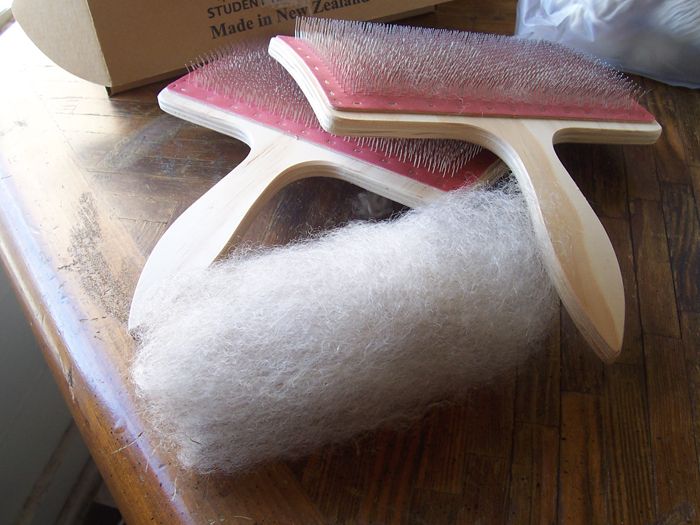
How Cotton Fabric Is Made Carding & Combing Cotton Vision Linens
Combing. Even though today combing is carried out with modern technologies, it is still based on the same old principles. Combing in the textile field is a process that usually follows carding, and is necessary in order to prepare a semi-finished product for subsequent spinning to obtain combed yarns.. Put simply, a pile of silk fibres is passed through several combs.

combing wool YouTube
Combing is a textile process that refines fiber by removing impurities and short strands, resulting in a smoother, stronger yarn. This meticulous method enhances fabric quality, ensuring garments are soft to the touch and durable. Intrigued by how combing transforms raw fibers into luxurious textiles?